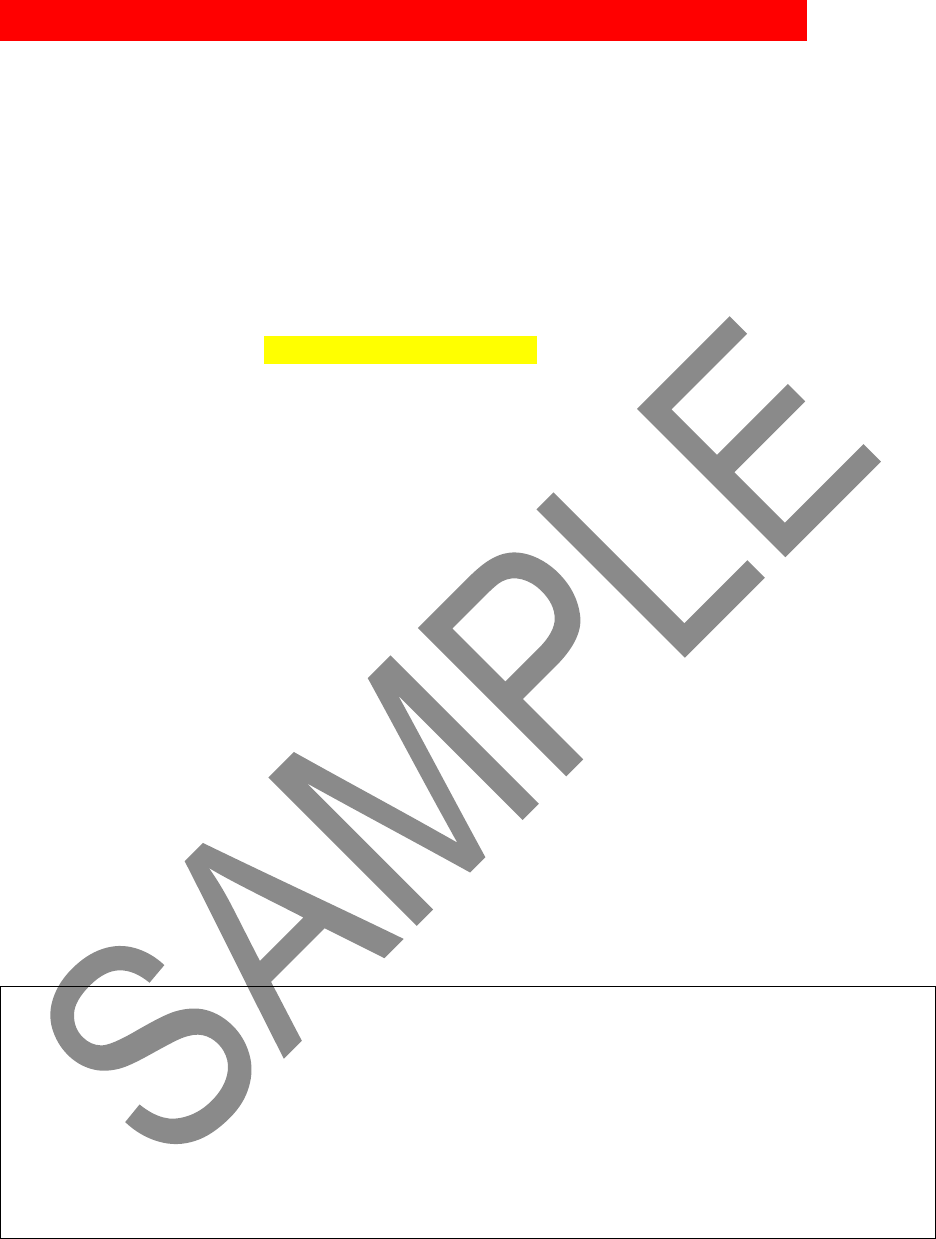
[This document is a preview of the full interview guide]
1
Patient experience mapping toolbox
interview guide
A note to researchers
This interview guide is a collection of questions aimed at capturing patients’
experiences with [a chronic health condition]. The questions cover a patient’s
experiences from pre-diagnosis, through diagnosis and treatment, up to the
present day.
What is the purpose of this interview guide?
The purpose of this guide is to help researchers engage patients to learn more
about their experiences from before they got a diagnosis through their
experiences living with and treating a health condition. You can use the data
collected during these interviews to better gain a better understanding into
patients’ lived experiences, including, but not limited to their experiences with the
health care system.
How do I use this interview guide?
Use the template questions provided in this interview guide to create a
customized interview guide that fits the specific purpose of your study. You can
tailor the questions to the individual participant, participant group, and health
condition you are studying.
This interview guide is intended to be used with a visual aid “Map My
Experience.” The visual aid is used throughout interviews to help participants
follow along and describe their experience.
Here’s what you should know:
• Instructions for you to follow during interviews, such as prompts to point to the
patient experience map, are in blue font
• You can pick and choose from the questions in this guide to fit your study
objective
• Questions every researcher should ask are marked in bold font. Optional
questions are not bolded.
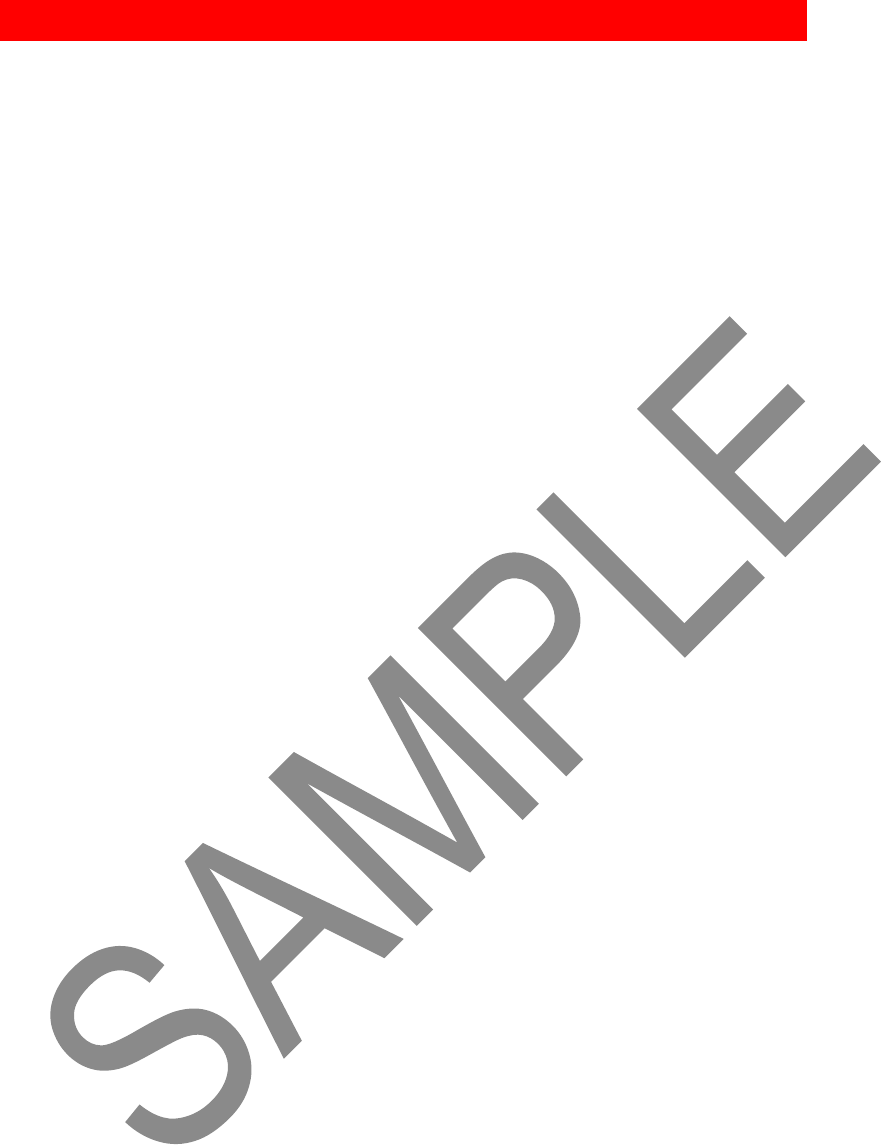
[This document is a preview of the full interview guide]
2
Table of Contents
A NOTE TO RESEARCHERS ...................................................................................................................... 1
START THE INTERVIEW ............................................................................................................................. 4
Get to know the participant and help them feel comfortable talking ......................................................... 7
Introduce the “Map My Experience” tool .............................................................................................. 8
Ask about their experiences before getting a diagnosis ......................................................................... 12
Symptoms ........................................................................................................................................... 13
Questions & Information Gathering ...................................................... Error! Bookmark not defined.
Emotional Health & Personal Goals ..................................................... Error! Bookmark not defined.
Life Factors ........................................................................................... Error! Bookmark not defined.
Seeking care ......................................................................................... Error! Bookmark not defined.
Genetic testing ...................................................................................... Error! Bookmark not defined.
Closing before getting a diagnosis ....................................................... Error! Bookmark not defined.
Ask about their experiences getting a diagnosis ...................................... Error! Bookmark not defined.
Transition to getting a diagnosis ........................................................... Error! Bookmark not defined.
Follow-Up Care ..................................................................................... Error! Bookmark not defined.
Changed Diagnosis/Misdiagnosis ........................................................ Error! Bookmark not defined.
Treatments ........................................................................................... Error! Bookmark not defined.
Symptoms ............................................................................................. Error! Bookmark not defined.
Questions & Information Gathering ...................................................... Error! Bookmark not defined.
Emotional Health & Personal Goals ..................................................... Error! Bookmark not defined.
Life Factors ........................................................................................... Error! Bookmark not defined.
Closing before living with a diagnosis .................................................. Error! Bookmark not defined.
Diagnosis prior to or at birth, or as a young child ................................. Error! Bookmark not defined.
Ask about their experiences living with a diagnosis ................................. Error! Bookmark not defined.
Transition to living with a diagnosis ...................................................... Error! Bookmark not defined.
Living with a diagnosis ......................................................................... Error! Bookmark not defined.
Treatment they are currently getting .................................................... Error! Bookmark not defined.
Treatment they have tried but stopped................................................. Error! Bookmark not defined.
Ideal Treatment .................................................................................... Error! Bookmark not defined.
Surgeries and Procedures .................................................................... Error! Bookmark not defined.
Hospitalizations/Urgent Care Visits ...................................................... Error! Bookmark not defined.
Life Factors (Hospitalizations/Urgent Care Visits) ................................ Error! Bookmark not defined.
Clinical Trial Participation ..................................................................... Error! Bookmark not defined.
Life Factors ........................................................................................... Error! Bookmark not defined.

[This document is a preview of the full interview guide]
3
Care Coordination & Multiple Chronic Conditions ................................ Error! Bookmark not defined.
Wellbeing and burden of disease ......................................................... Error! Bookmark not defined.
Quality Measurement ........................................................................... Error! Bookmark not defined.
Genetic testing ...................................................................................... Error! Bookmark not defined.
Desired Outcomes and Life Aspirations ............................................... Error! Bookmark not defined.
Closing .................................................................................................. Error! Bookmark not defined.
Feedback on Tools ............................................................................... Error! Bookmark not defined.
Conclusion & Post-Interview Logistics ................................................. Error! Bookmark not defined.
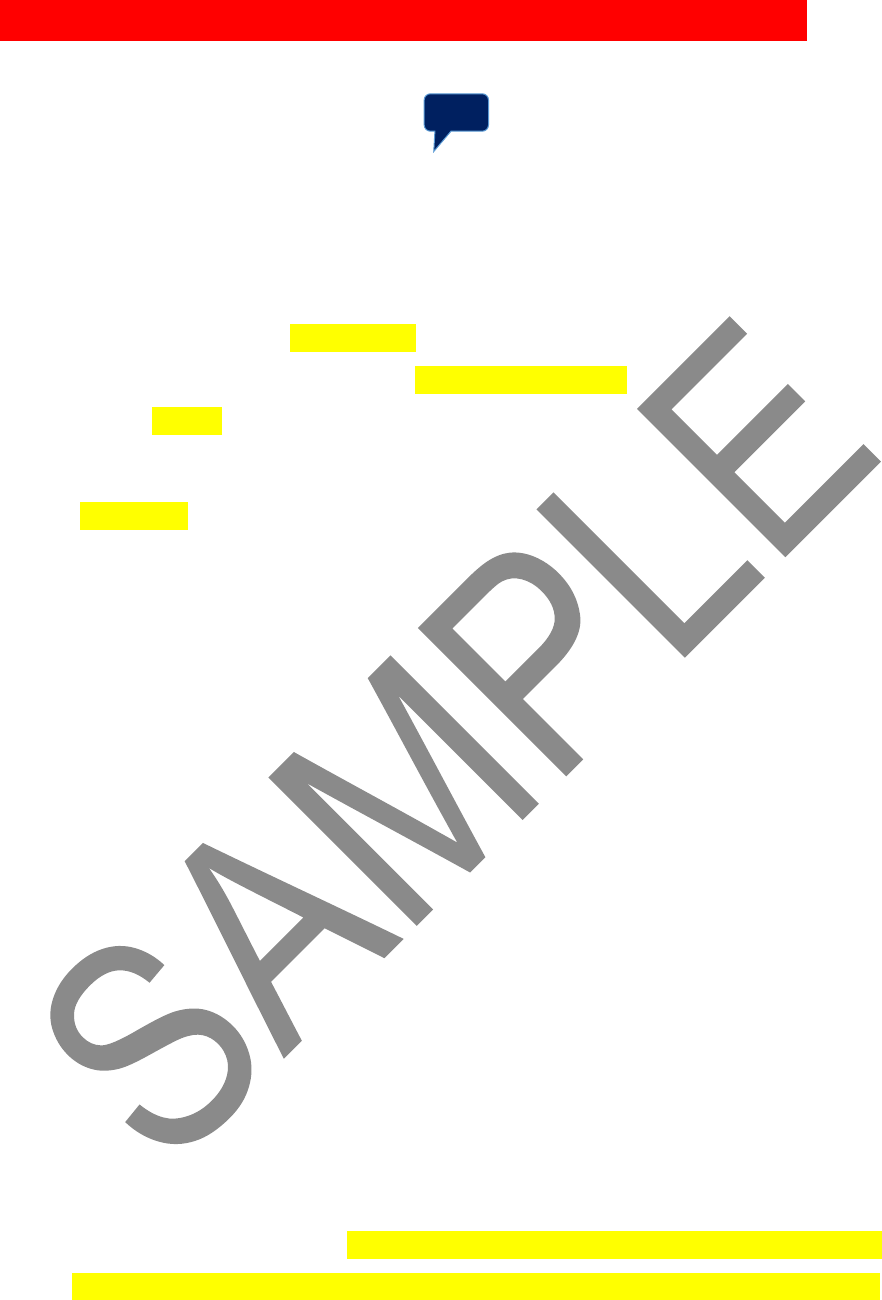
[This document is a preview of the full interview guide]
4
Start the interview
Introduce yourself and explain the interview’s purpose
Hello, my name is [Interviewer]. Thank you for speaking with me today. I am
conducting this interview for [organization name]. This interview will take
about [x time] to complete.
The purpose of this interview is to learn about your experience with
[condition] from the time before you got a diagnosis up until today. I also
will ask for your feedback on the “Map My Experience” picture and on the
questions I’ve asked you during the interview. We will use your feedback
to make the map and the interview questions better for future interviews.
We plan to make the map and the interview questions available to other
researchers so they can understand what it is like to be a patient. As
researchers and health care providers better understand your and other
patients’ experiences, they can develop better treatments and improve the
quality of health care.
• To get started, we will go through the privacy disclosures and I’ll get your
consent to participate. Then, I’ll ask some general questions about you.
After that, I will introduce the “Map My Experience” tool that will help guide
the interview. Lastly, I’ll be asking you a wide range of questions about
your condition. We are interested in your thoughts and opinions. There are
no right or wrong answers. You do not have to answer any questions that
make you feel uncomfortable. Just tell me when there is a question you
prefer to not answer and I will skip to the next question.
This work is funded by [funder]. You will receive payment for your time
participating in this interview. You should expect payment in [XX] days.
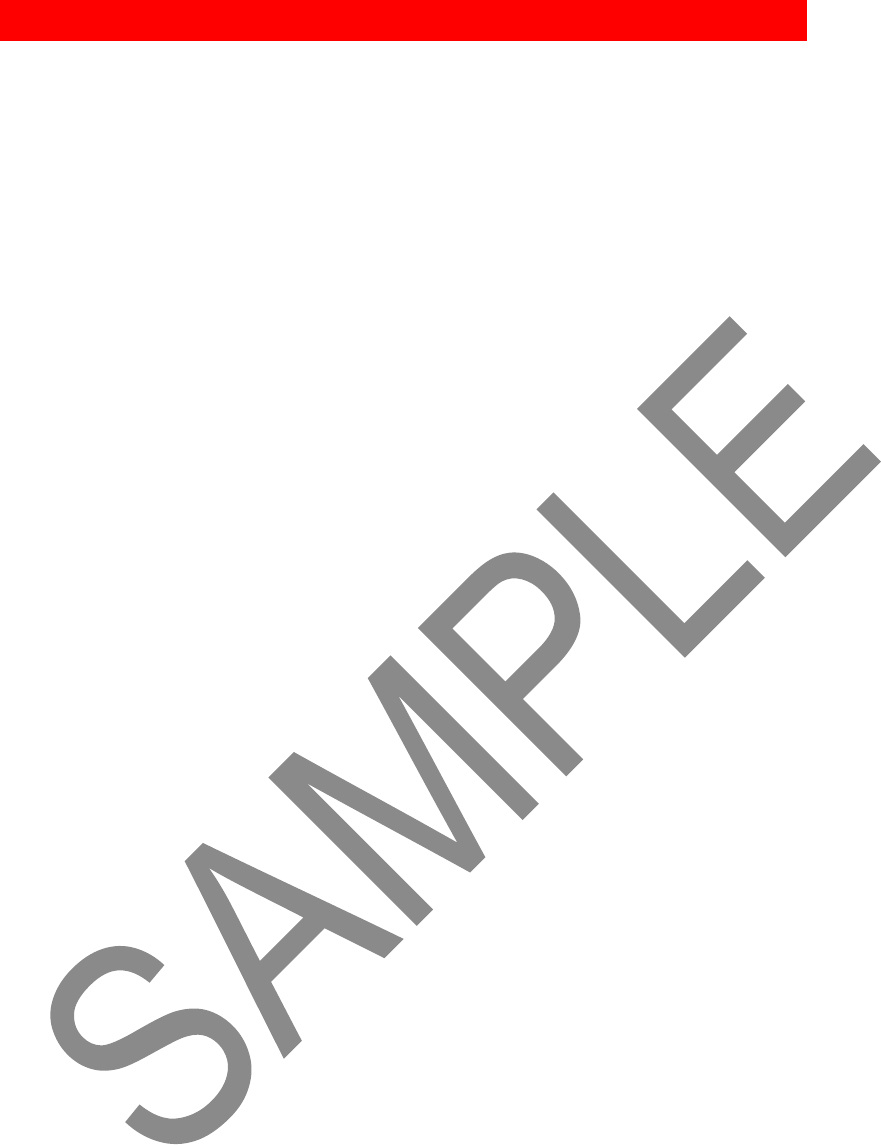
[This document is a preview of the full interview guide]
5
Give privacy disclosures
(Adjust text to fit your study specifics)
Before we start our discussion, let’s talk about privacy of everything you tell us
during this interview.
We will be careful to protect your privacy in these ways:
• All the information you provide will be used for the purpose of this
research project only.
• With your permission, I will be audio-recording this interview. Please
speak loudly and clearly so that all your comments will be captured on the
audio-recording.
• The recording will be kept private. We will use the recording to create a
written version of our discussion to be reviewed later and to take complete
notes.
• Recordings will be stored until the written version has been created and
analyzed.
• We will not associate your name with any of your comments. Instead, you
will be identified with an ID number to protect your identity and
confidentiality.
• When we present study results, we will combine the data from all patients
and present it as group data, not individual responses.
• In some cases, we might want to highlight or quote a statement you made
because it conveys an important point. However, we would never use your
name with any statement.
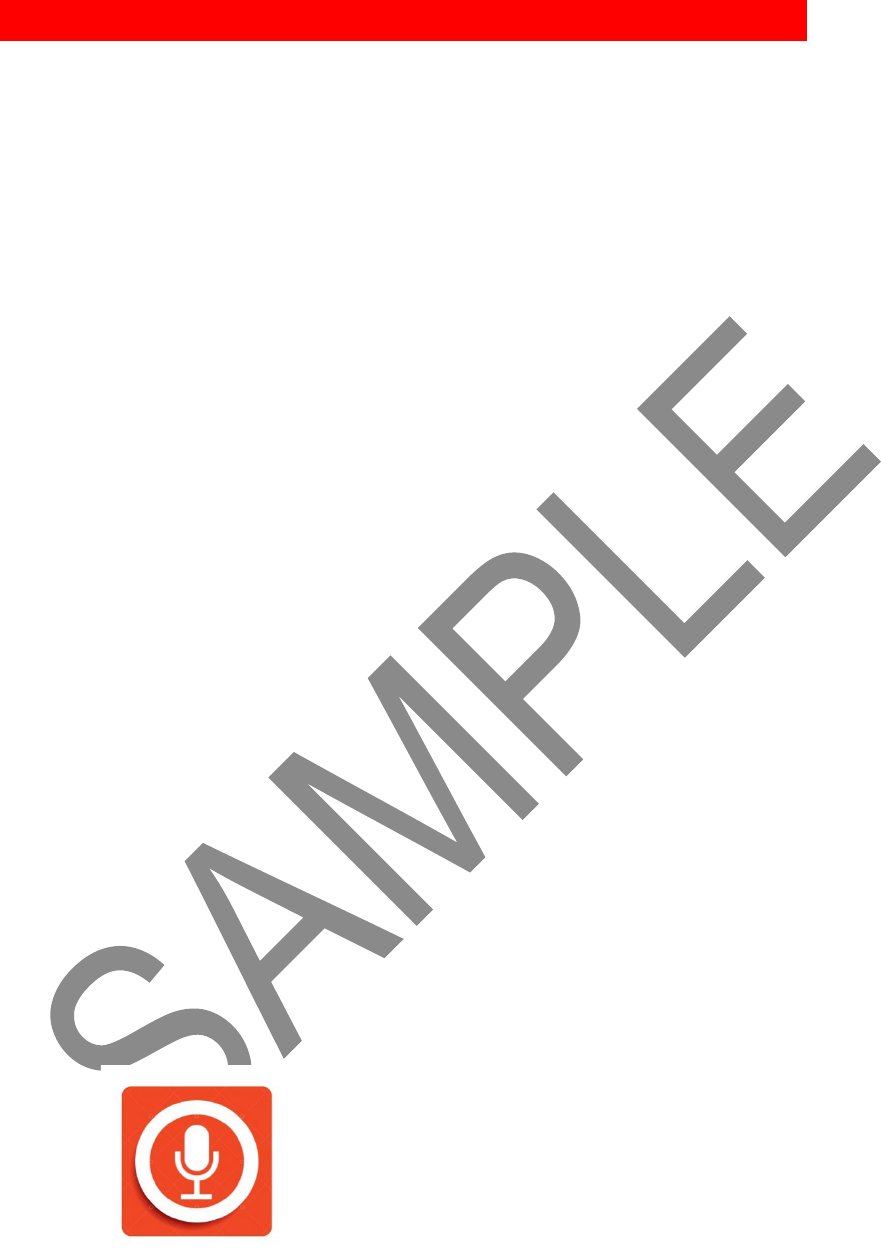
[This document is a preview of the full interview guide]
6
Get consent
Before we start, what questions do you have for me?
Answer any questions they have.
Do you agree to take part in this interview?
Wait for response.
If ‘No’:
Okay, I understand you have decided not to take part. What could we
do next time to make it easier for you to take part in an interview?
Write the reason, try to clarify any questions so they might agree to take
part. Thank them for taking the time to speak with you today.
If ‘Yes’:
Thank you for agreeing to take part and be recorded. Also, I wanted
to let you know I may be taking notes throughout the interview as
you will be providing a lot of beneficial information. As a result,
there may be times that I am silent. Please don’t think I am not
listening if that happens.
Ok, I will start recording now. You can skip (or not answer) any
questions you do not feel comfortable answering, and you can stop
the interview at any time.
Start recording.
Check recording is in progress.
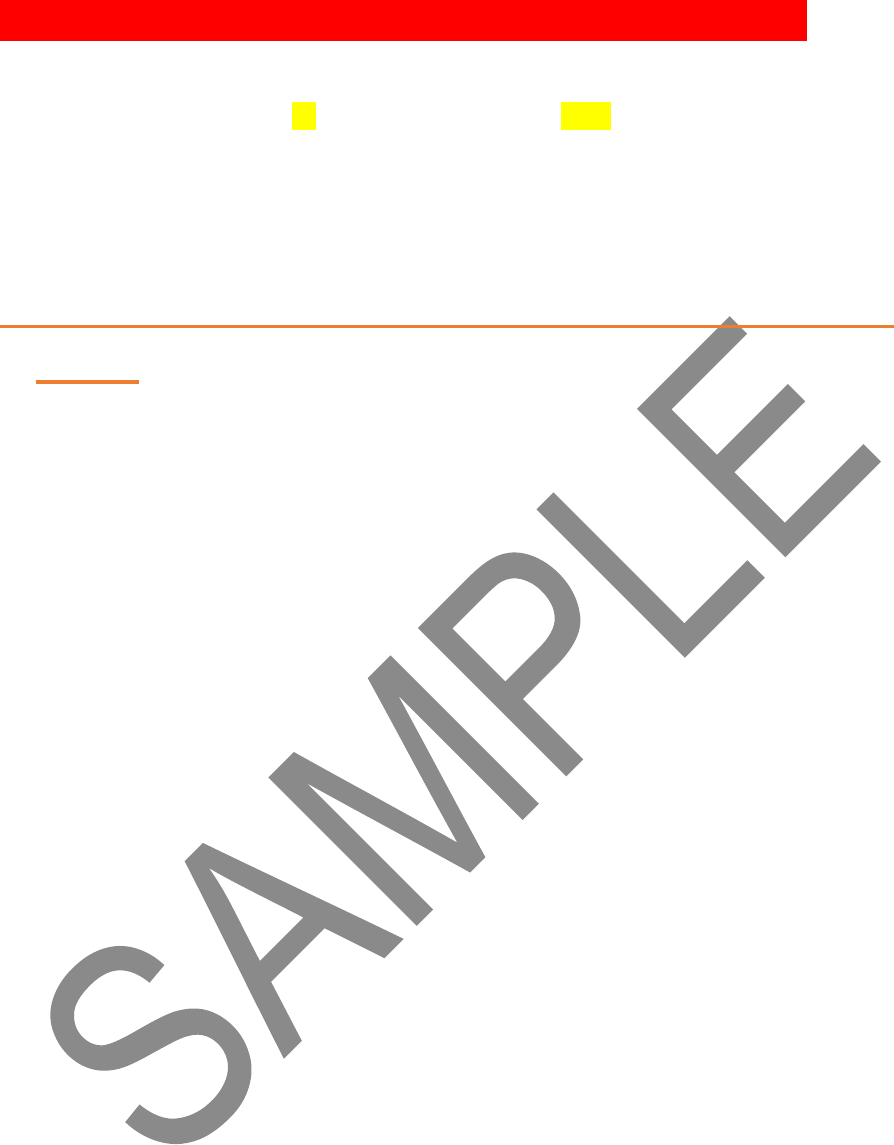
[This document is a preview of the full interview guide]
7
This is participant [ID] and today’s date is [date]. Could you please confirm
once more for me that you agree to be recorded?
Wait for response.
Thank you.
Get to know the participant and help them feel comfortable
talking
To start off, could you please tell me a little about yourself? For example,
do you have any hobbies, do you work, volunteer, or go to school?
Do you have family members that you rely on? Do they live close by? How
about friends or caregivers?
• What part of the country do you live in?
Could you please describe where you live in a little detail, for
example, do you live in the city, suburbs, a small town, or in a rural
area?
How convenient is it for you to get to and from [work, grocery store,
school, etc.]?
Choose 1 of the following:
• What other kinds of activities are you or your family members involved in?
• Do you have a set routine or does your schedule vary?
• What takes up most of your time on an average day?
• What is a typical day for you?
• What is a good day for you? What is a bad day for you?
• Variation: What is a perfect day for you?
Capture additional demographic information here as needed.
Great, thank you. Next, I am going to show you and explain a tool that will
help with our interview.
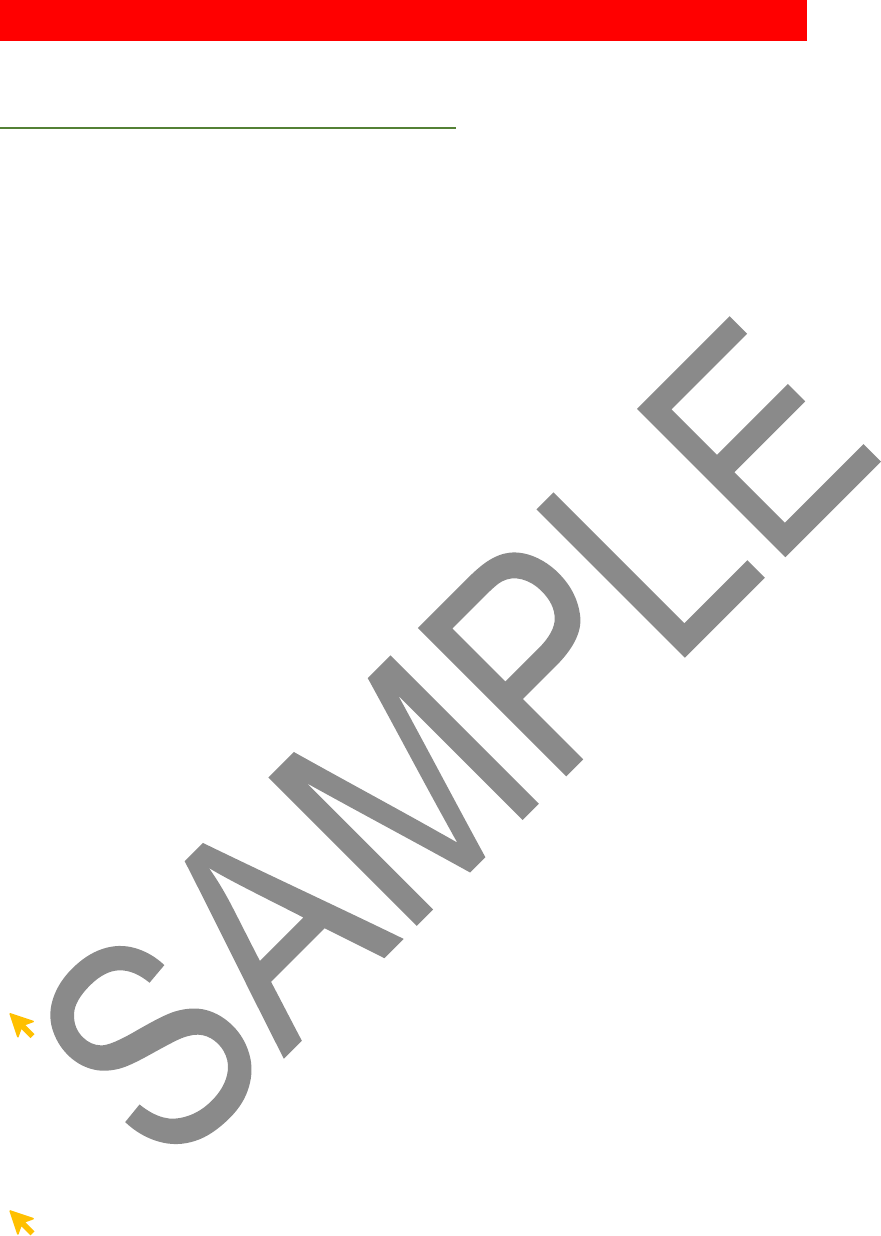
[This document is a preview of the full interview guide]
8
Introduce the “Map My Experience” tool
For virtual interviews, pull up the “Map My Experience” tool on your
screen.
For in-person interviews, hand a paper copy to the participant.
If virtual:
Let’s look at the screen now. Can you see it okay?
Wait for response.
This is called the “Map My Experience” tool. It’s a tool to help guide
discussions with patients about their experiences to make sure we don’t
forget to talk about important parts of a patient’s journey.
Keep in mind, the purpose of the map is just to help guide our discussion.
We will note the things that you have experienced and be sure to focus on
those during our conversation. As we go through these items, if you have a
question or if something does not make sense, please let me know and we
can talk more to be sure it is clear.
Let’s begin on the left side of the map with a general overview. As you can
see, the map has three islands and has two starting points on the first
island. From there, you can follow two different paths going from island to
island to help you talk about your own patient experience.
I will now be taking a closer look at symbols and icons on each island.
Point to the red icon, “Life Before Getting a Diagnosis”.
The to the left island that is called, “Life Before Getting a Diagnosis,” is
meant to represent your experiences before you got your diagnosis, the
time before a doctor telling you that you have a health condition.
Point to the purple section, “Getting a diagnosis”.
The purple icon on the middle island shows experiences getting a
diagnosis, and
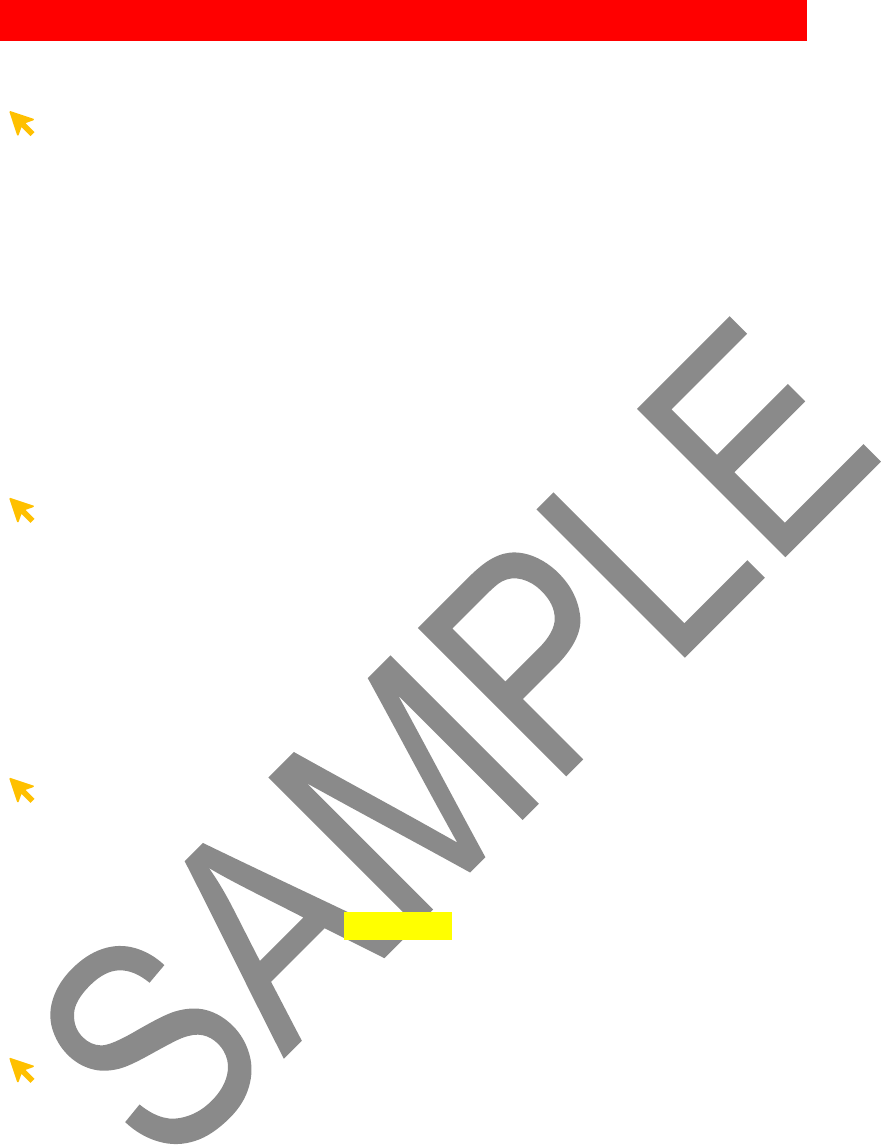
[This document is a preview of the full interview guide]
9
Point to green section, “Living with a Diagnosis.”
The green icon on the island to right represents your life after your
condition was diagnosed.
Every patient has different experiences, so you might not have experienced
everything on this map. That’s OK. For example, some people get a
diagnosis in 10 minutes, and for others it might take years and many
doctor visits.
Let’s take an in-depth look at the items and symbols on each island.
Point to the lifestyle changes on island 1; then to yogis on islands 2 & 3
The farm stand, no smoking sign, and person doing yoga — are a place to
think about any lifestyle changes you may have made. For example,
perhaps you worked to improve your diet, increased your physical activity,
tried to reduce stress levels, or changed your alcohol habits. Throughout
the interview, I’d like to hear about those changes.
Point to the information booths on each island
The information booths on each island represent getting information —
these booths are a place to think about where you went to get information
about your symptoms, [condition], or side effects from treatments. It could
be from a person, website, online forum, patient community, book, or any
other source of information.
Point to the health care buildings on each island
There are also health care buildings on each island, including those
buildings with the red cross on them that say “clinic” as well as the
pharmacy on the third island. These buildings represent any interaction
you may have had with any health care professional—whether that be at a
hospital, clinic, rehabilitation center, pharmacy, acupuncturist, or another
place you go to for care.
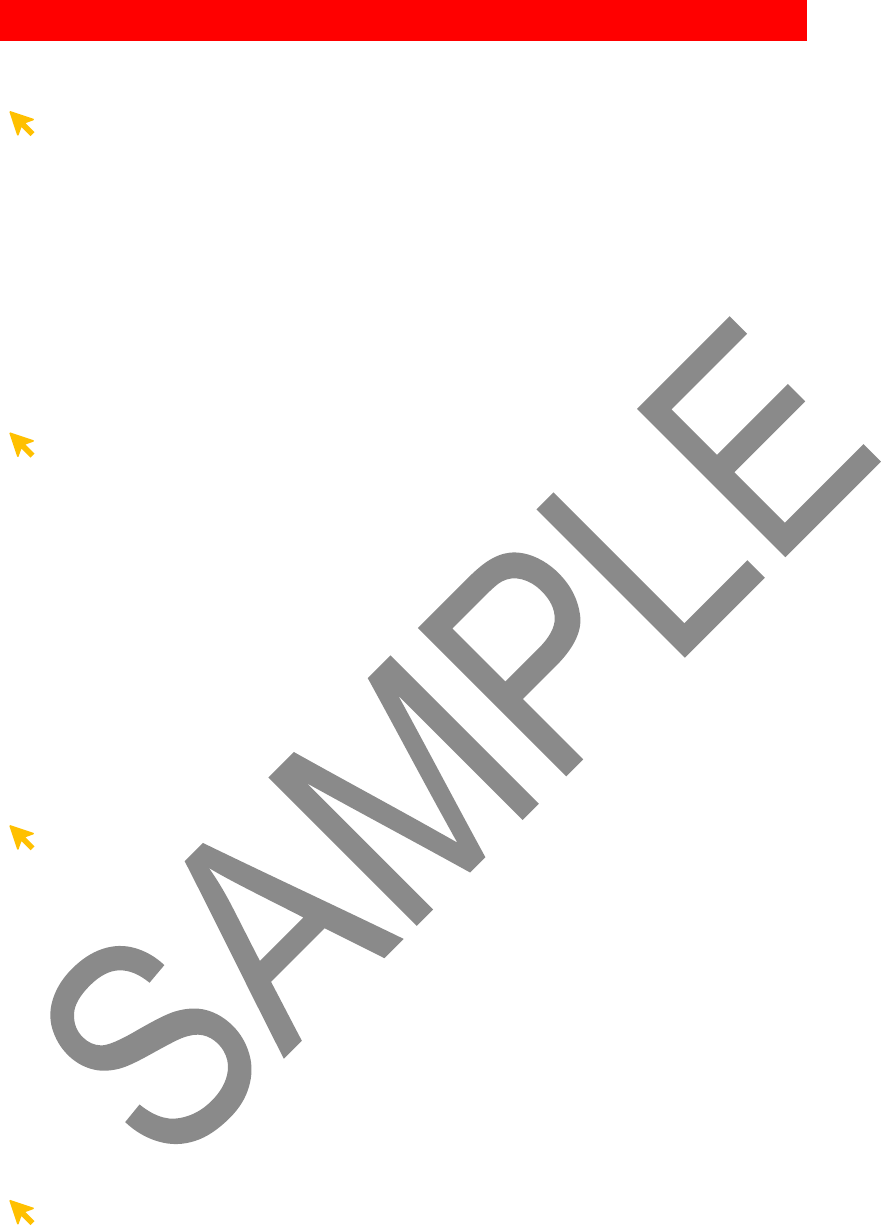
[This document is a preview of the full interview guide]
10
Point to the dark blue section, “Desired outcomes and life aspirations”.
You can see blue boxes on every island that say “personal goals,” These
correspond to any personal goals you may have or may have had. The dark
blue box at the end of the path that says, “desired outcomes and life
aspirations,” is a place to think about your everyday goals and hopes. This
could include being able to do a hobby, being able to attend an event, or
being able to spend more time with friends and family.
Point to each of the white loops and mountains that diverge from the
main path
The mountains and the loop on the second island represent having a
difficult and/or lengthy time trying to receive a diagnosis. The loop on the
third island represents any bad experiences or outcomes that might have
happened with your treatment or condition. These might help you think
about times in your patient experience when things have been more
difficult. We can talk about those times later during the interview, if you are
comfortable with it.
Point to each of the brown bridges
You will also notice 2 brown colored bridges on the map. These bridges
allow you to go back to the previous island if needed to allow for
any setbacks (for example, a change in diagnosis or if you stopped seeking
a diagnosis).
Specifically, the brown bridge that connects the second and third island
represents a misdiagnosis, a diagnosis that a doctor later changed, and it
put you back on the second island.
Point to “life factors” at the top.
One more thing about the map: At the top of this map, we have a row called
“life factors.” They include:
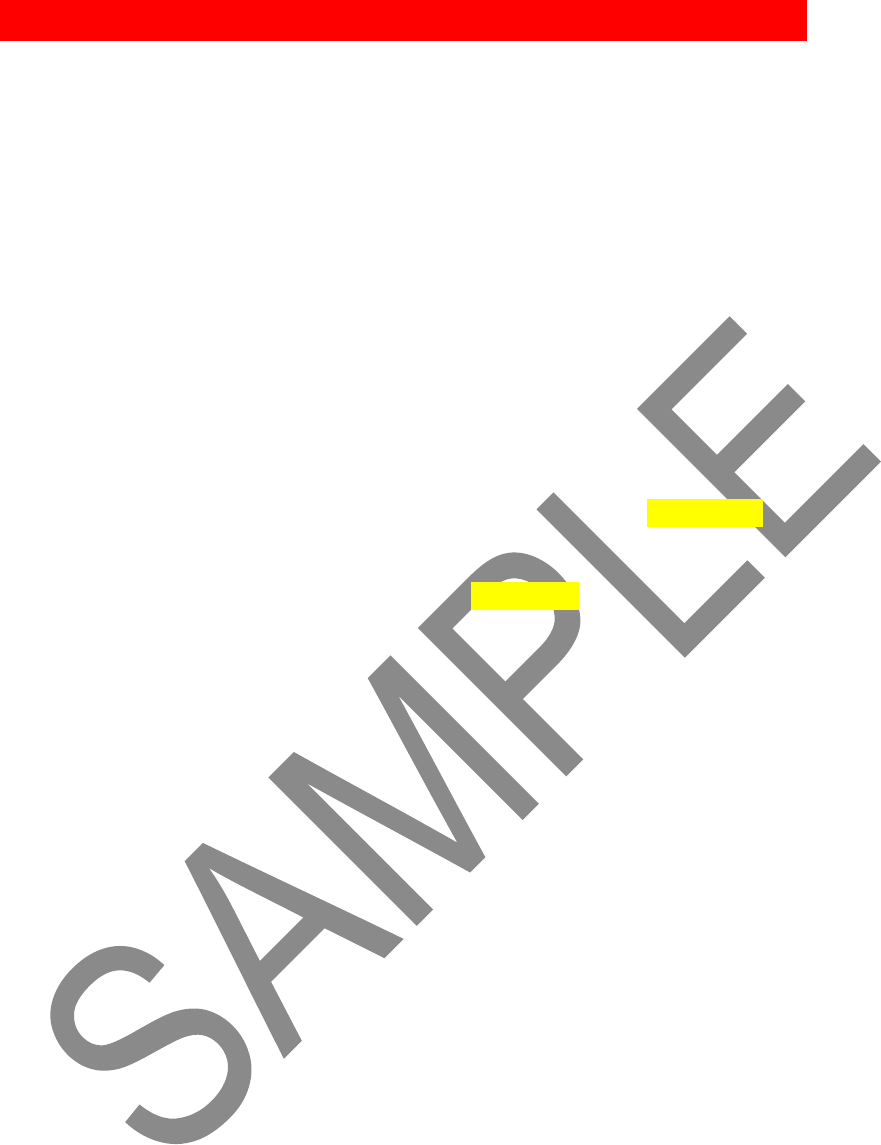
[This document is a preview of the full interview guide]
11
• Family and support system
• Work or student life
• Geography, housing, and transportation
• Health care
• Insurance and access to health care
• Mental health and other health conditions
• Finances and other costs
• Ethnicity, age, or gender
As we go through the interview, I’ll ask you about how these life factors are
intertwined with your experience as a person with [condition]. For example,
how your family or support system may be impacted by your condition, but
also how they help you managing [condition].
Does that make sense?
If ‘No,’ give example:
For example, your personal finances might affect your decision to go see a
doctor because a visit can be expensive. It might also affect whether you decide
to start a treatment or not. The same may be true for your family or support
system – they might encourage you to seek care from a certain type of health
care provider or get a certain treatment. This could affect your experiences after
you get a diagnosis. Does this make sense to you?
If ‘No’, give further examples until meaning is clear.
Do you have any questions before we continue?
Answer any questions they have.
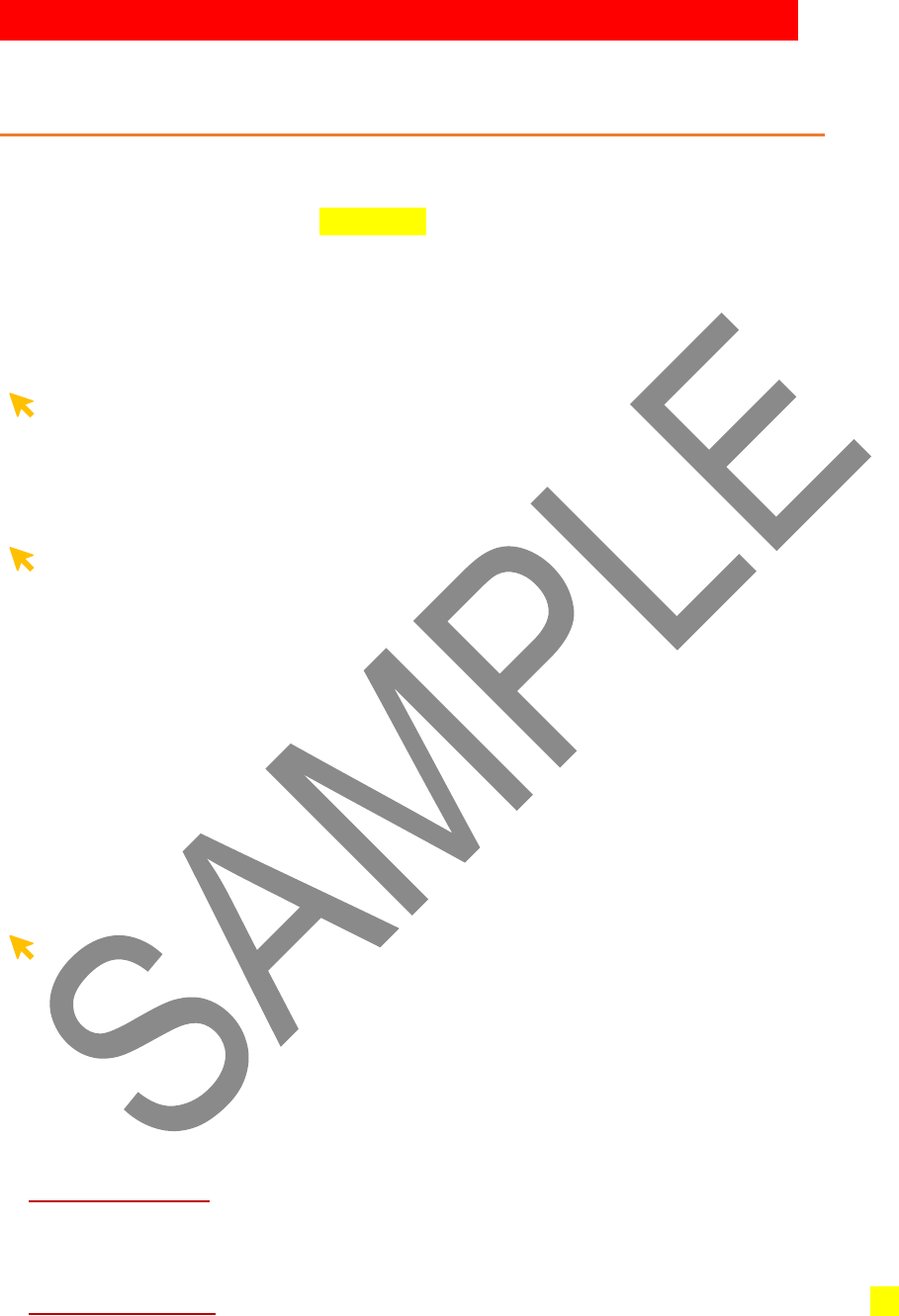
[This document is a preview of the full interview guide]
12
Ask about their experiences before getting a diagnosis
To begin, I’d like to spend a little time learning about your life before you
were diagnosed with [condition]. This may have been a difficult time for
you, and I know it can be hard to share private information. Please share
only what you feel comfortable sharing and let me know if you need to take
a break or stop at any time.
Point to the two starting points on the map.
You’ll notice the map shows 2 possible experiences for starting a patient
journey:
Point to “I or someone close to me noticed something was different or I
didn’t feel right”
1
st
Starting Point: Some patients might notice something is wrong, or even
just different, on their own. For example, they notice symptoms and start
doing research at home or make a doctor’s appointment. Additionally,
someone close to them, such as a spouse, a family friend, or maybe an
acquaintance, may have noticed something. It’s also possible you were
diagnosed before or at birth, or as a young child and found out from
someone at some point in your life.*
Point to Path 2, “A health care provider found a problem”
2
nd
Starting Point: Other patients might have found out about their
condition from a doctor or other health care professional during a visit, or
after lab work or completing a test.
Which of these starting points best fits the beginning of your journey?
If 1
st
starting point, go to: “I or someone close to me noticed something was
different or I didn’t feel right” section below.
If 2
nd
starting point, go to: “A health care provider found a problem” on page 17.
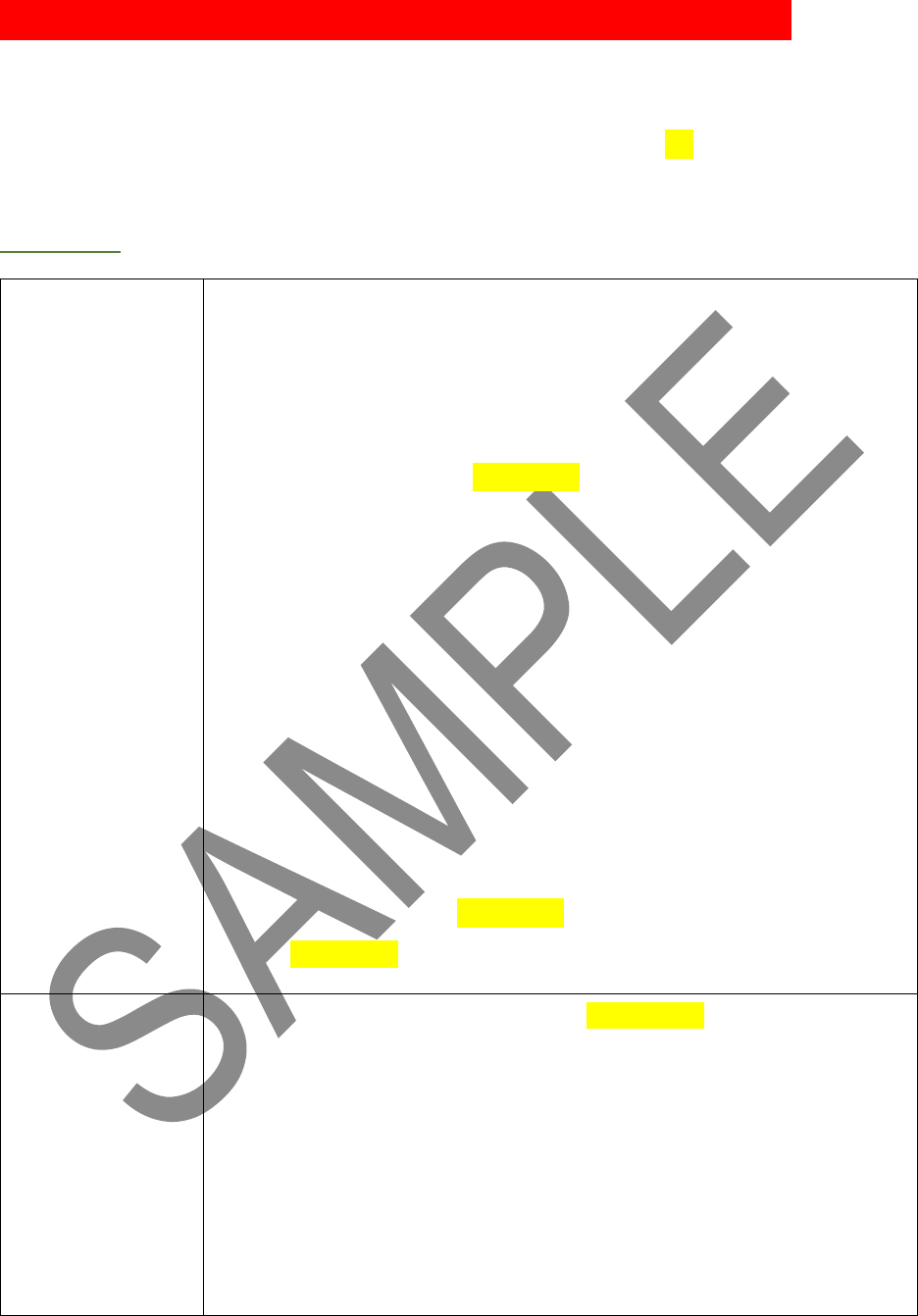
[This document is a preview of the full interview guide]
13
*If the participant was diagnosed before or at birth, or as a young child, go to
“Diagnosis prior to or at birth, or as a young child” on page 22.
Symptoms
If Starting
Point 1, start
here
You said you (or someone close to you) noticed something
was different and didn’t feel right. Could you please tell
me more about that?
• What did you notice? What did it feel like?
• How long did the [symptoms] last? How often did they
occur?
• Did the symptoms happen at certain times of the day?
• What were your symptoms like on a good day? Bad day?
Does this affect your daily life on those days? Of all the
symptoms that you experience because of your condition,
which 1-3 symptoms have the most significant impact on
your life? Why is that?
• Did you notice anything “triggered” the symptoms?
o For example: caffeine or sleep loss
• What made the [symptoms] better? What made the
[symptoms] worse?
How did you try to manage your [symptoms]?
• Did you try making any lifestyle changes to help with
symptoms? Could you please describe them for me?
• Did you try any over-the-counter products such as a pain
reliever, herbals, vitamins, or supplements?
• How long did you try to manage your symptoms before
going to see a health care provider?
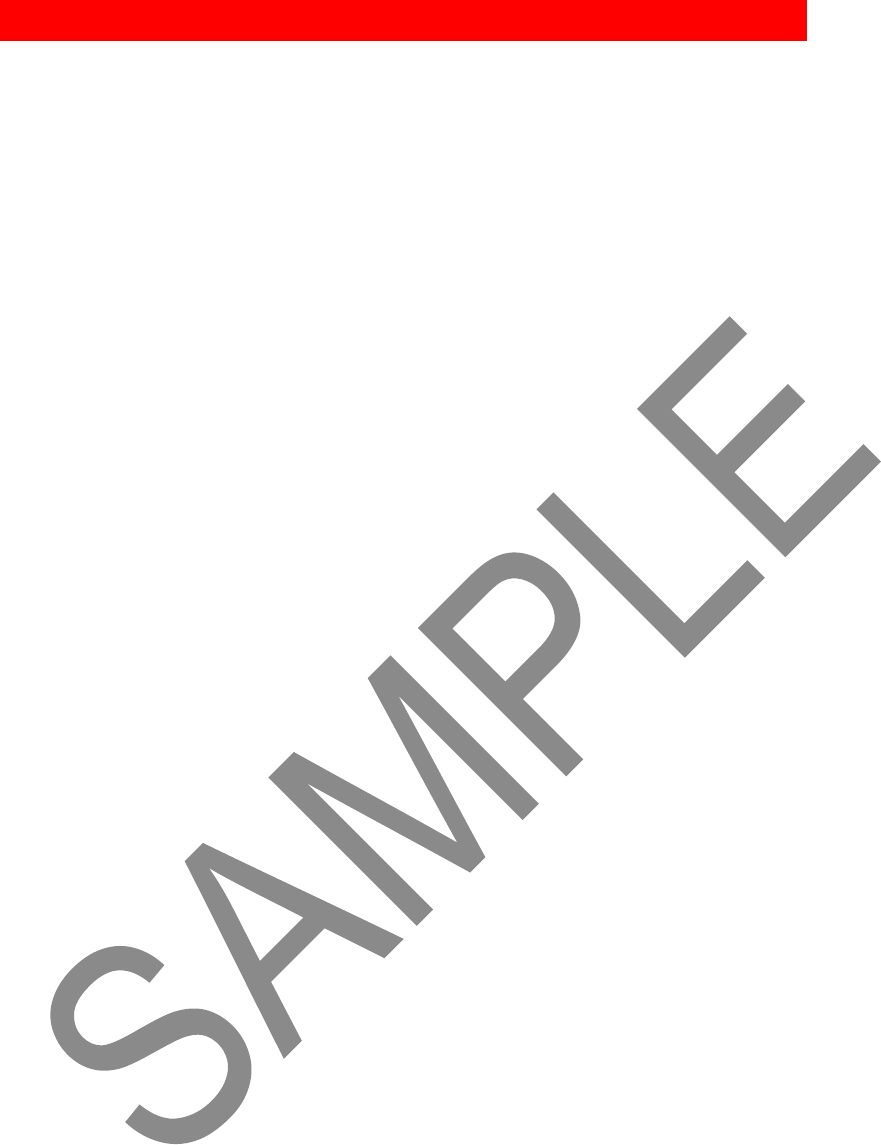
[This document is a preview of the full interview guide]
14
